Idea by
Ivana Cobejova
Call for ideas 2019
Episodes
Episodes
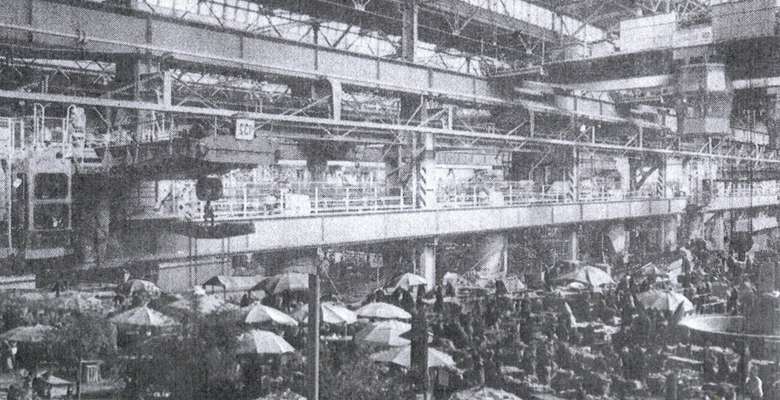
- New alliances
“Episodes" is not a manual for the ideal city. Looking at Bratislava through its existing architectural objects, or ensembles, the project aims to change the perception on seemingly clear things. The strategy is to cut out fragments of the bigger picture and zoom in on a selection of urban episodes. Focusing on the issues from and yet lost to architecture. Proposals are transparently recycling the radical architecture strategies from the recent past. At the same time, not all of the "Episodes" end up with a clear proposal - some are collections of thoughts and historical observations that expose the idiosyncrasies of specific fragments of the city.
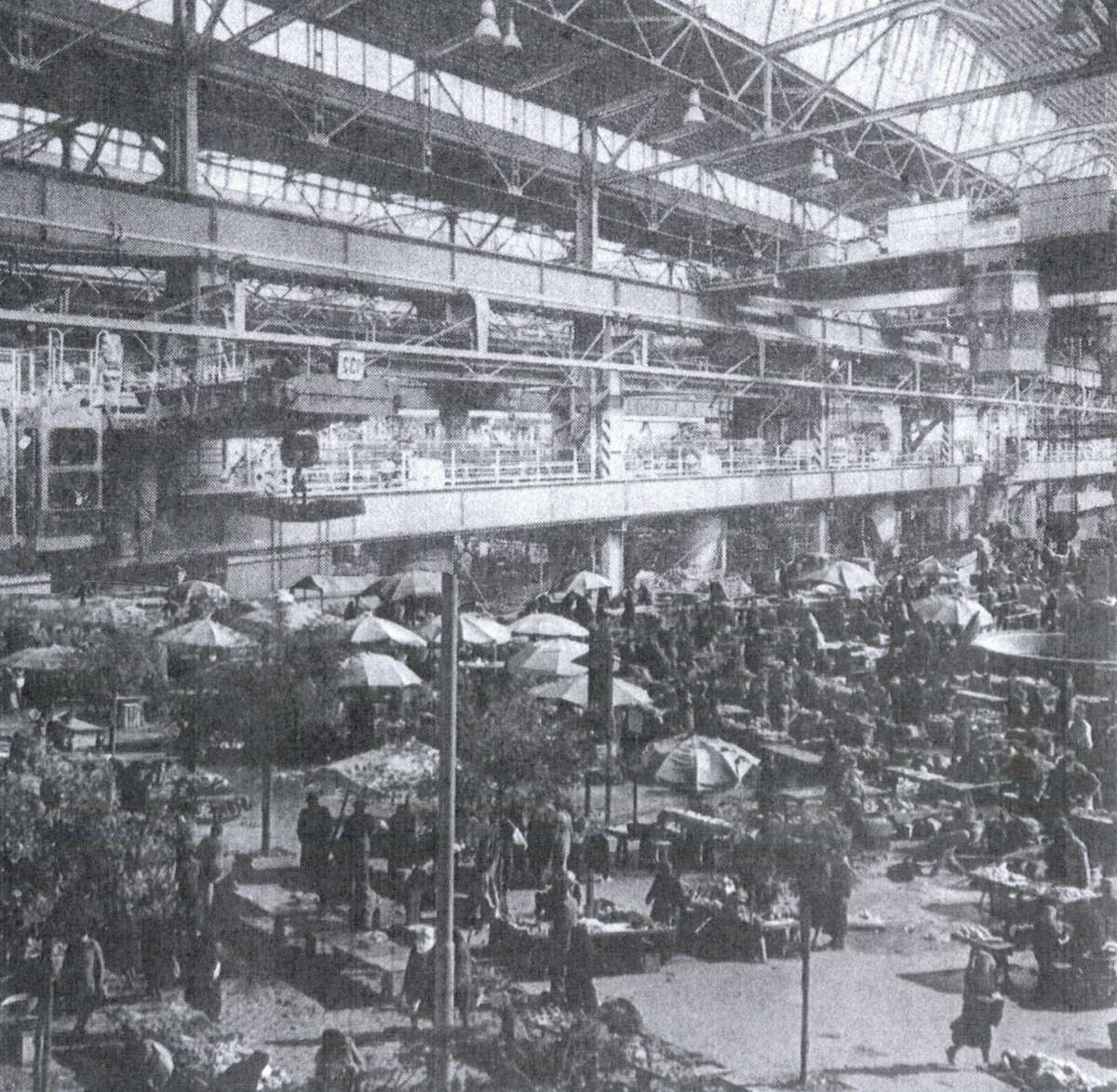
Excerpt from the episode Interior: During the socialist era the public space had often prescribed routes and their usage. From opulent outdoor mass celebrations, to the “interiorization” - keeping people inside the buildings as a controlling tool. Bratislava's 1980’s indoor market is a former exterior ripped out and placed into the interior. Capitalism would adapt to this “interiorization” principle. It is delimiting and commercialisation of the exterior.
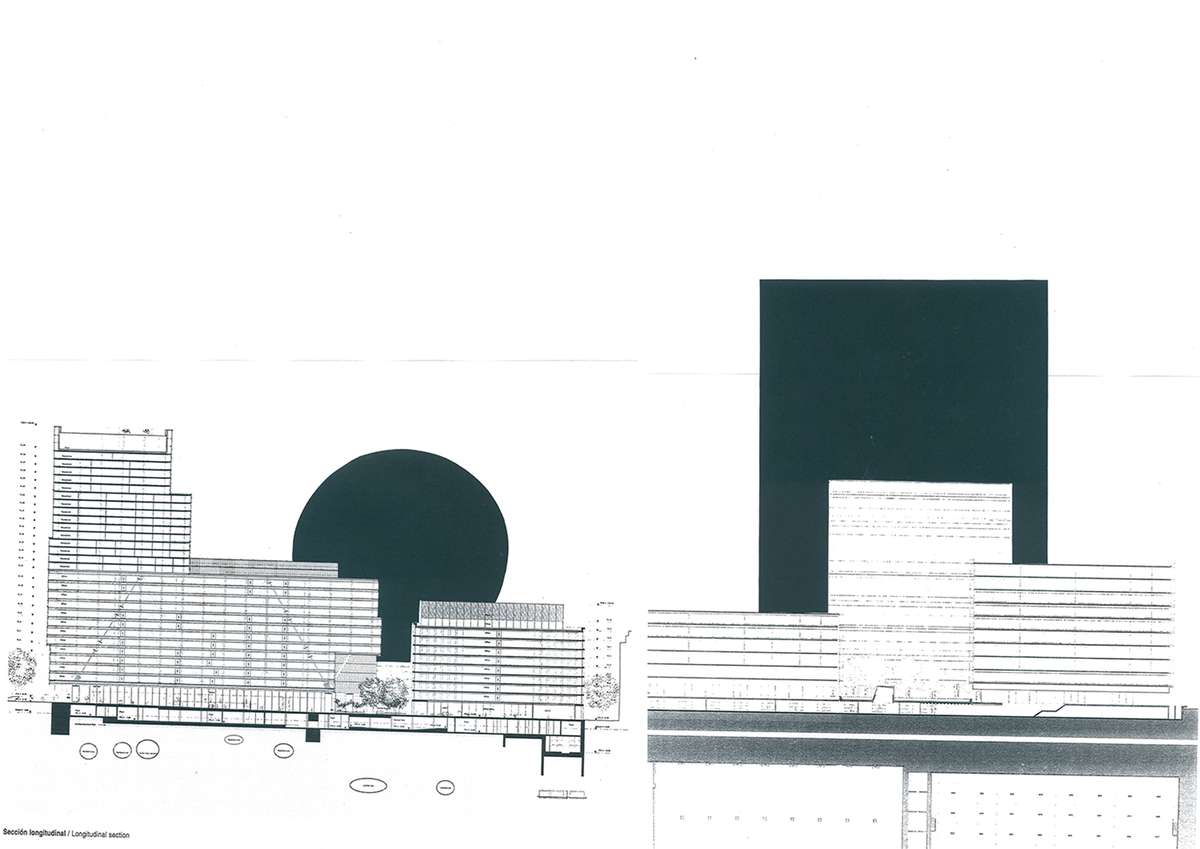
Excerpt from the episode Theatre: The new building of Slovak National Theatre took 21 years to finish. In the meantime, after the fall of communism, theatre’s surroundings becomes a site for fast-build capitalist development. A contrast of the antipodal principles, of the speed and the stagnation, updating and timelessness, could become a new strategy for developing parts of the cities. The city will insert a public building in a future development sites.
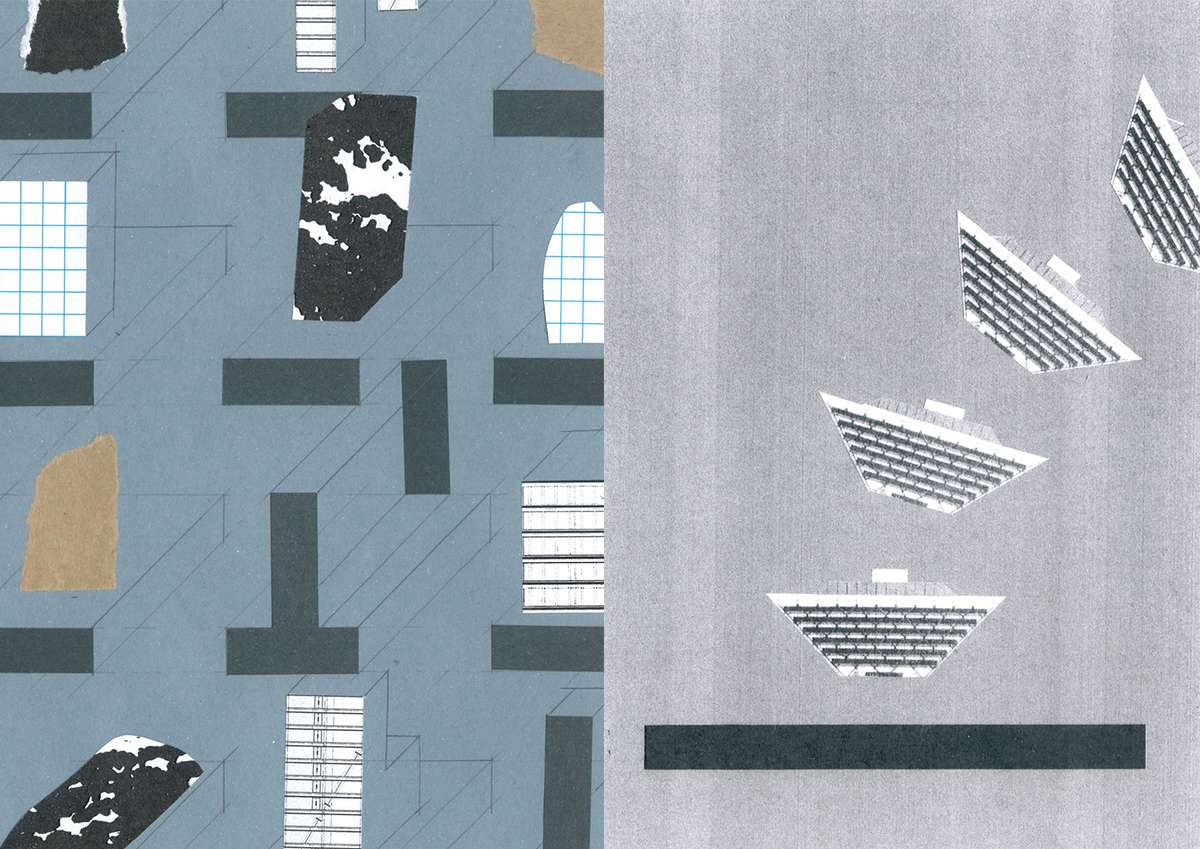
Excerpt from the episode The plinth and the monument: The building of Slovak National Radio has two parts. The monument and the plinth. The plinth acts as the public space, which the communist regime failed to produce individually. This duality could be established even now, as a new rule for cities, that lack serious planning. Every building has to be anchored in the static plinth. It is not Koolhaas’s imaginary grid of Manhattan, but physical objects, pedestals for any symbols.
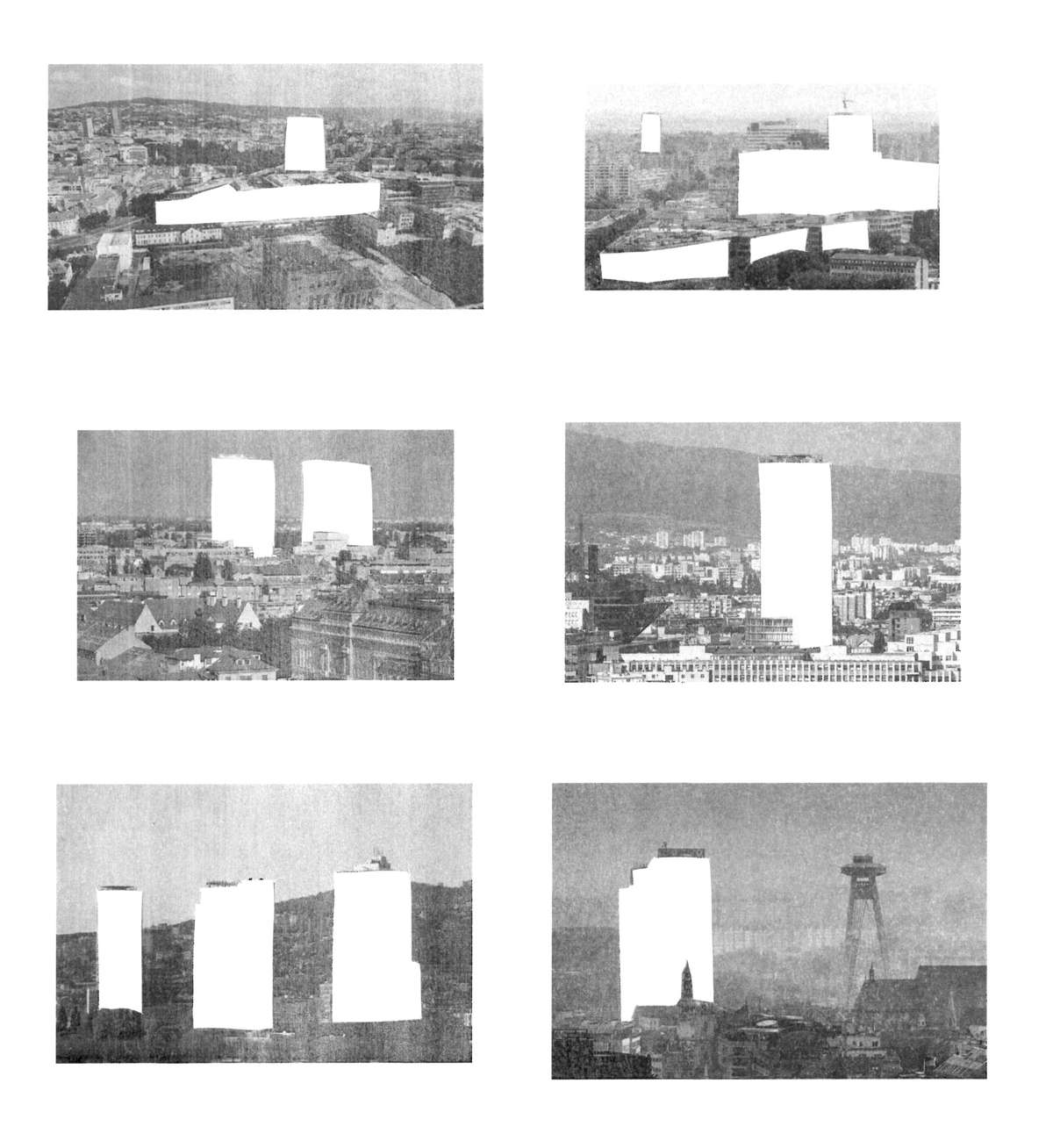
Excerpt from the episode Facades: Facade is a display and the period of desire for the new product updates is becoming shorter. The construction system remains, but the facade will be updated more and more. By this logic, the building, or its display, the facade, won’t change in technological sense. iPhones will be slightly bigger and shading systems will be replaced with the newest trends.
Episodes
Episodes

- New alliances
“Episodes" is not a manual for the ideal city. Looking at Bratislava through its existing architectural objects, or ensembles, the project aims to change the perception on seemingly clear things. The strategy is to cut out fragments of the bigger picture and zoom in on a selection of urban episodes. Focusing on the issues from and yet lost to architecture. Proposals are transparently recycling the radical architecture strategies from the recent past. At the same time, not all of the "Episodes" end up with a clear proposal - some are collections of thoughts and historical observations that expose the idiosyncrasies of specific fragments of the city.
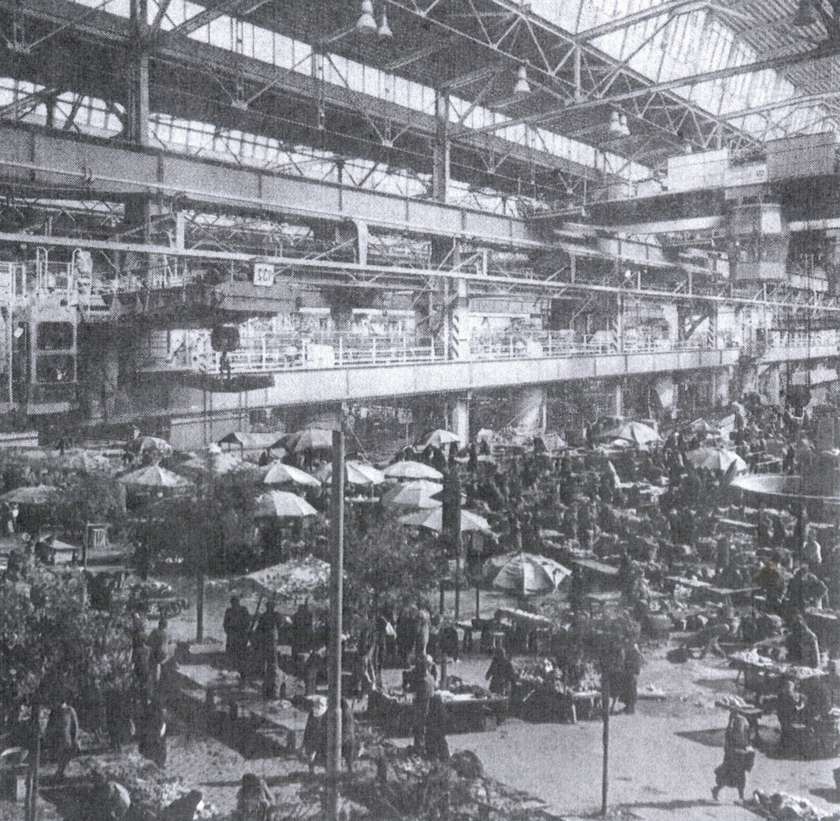
Excerpt from the episode Interior: During the socialist era the public space had often prescribed routes and their usage. From opulent outdoor mass celebrations, to the “interiorization” - keeping people inside the buildings as a controlling tool. Bratislava's 1980’s indoor market is a former exterior ripped out and placed into the interior. Capitalism would adapt to this “interiorization” principle. It is delimiting and commercialisation of the exterior.
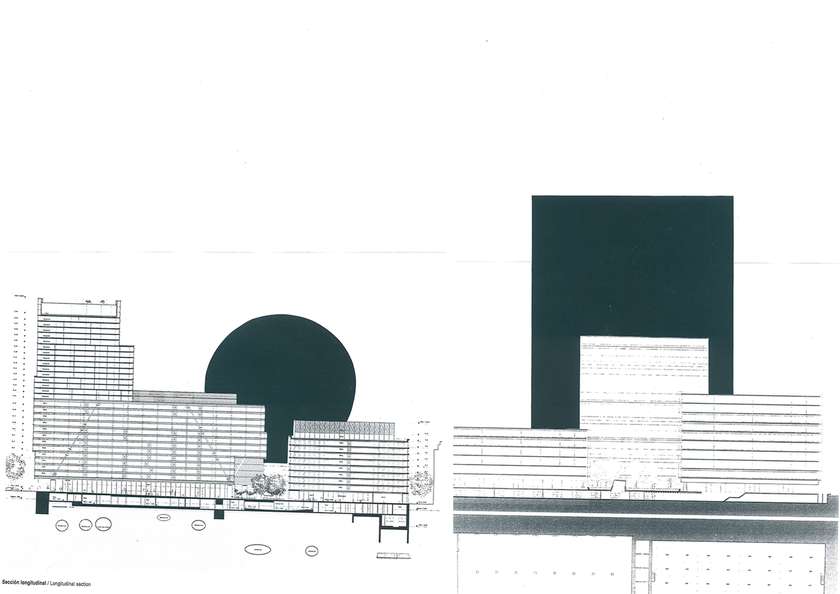
Excerpt from the episode Theatre: The new building of Slovak National Theatre took 21 years to finish. In the meantime, after the fall of communism, theatre’s surroundings becomes a site for fast-build capitalist development. A contrast of the antipodal principles, of the speed and the stagnation, updating and timelessness, could become a new strategy for developing parts of the cities. The city will insert a public building in a future development sites.
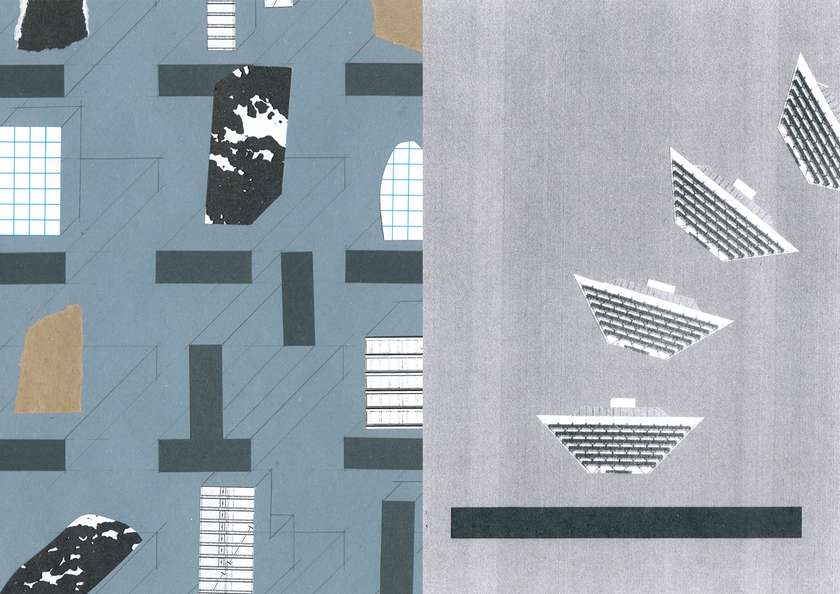
Excerpt from the episode The plinth and the monument: The building of Slovak National Radio has two parts. The monument and the plinth. The plinth acts as the public space, which the communist regime failed to produce individually. This duality could be established even now, as a new rule for cities, that lack serious planning. Every building has to be anchored in the static plinth. It is not Koolhaas’s imaginary grid of Manhattan, but physical objects, pedestals for any symbols.
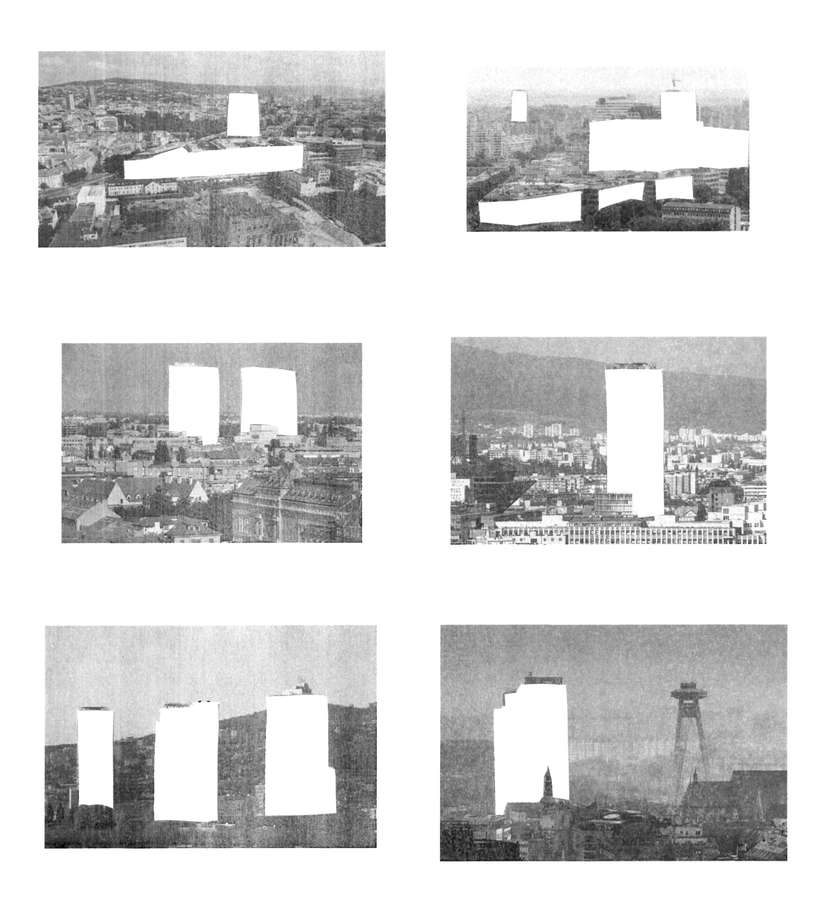
Excerpt from the episode Facades: Facade is a display and the period of desire for the new product updates is becoming shorter. The construction system remains, but the facade will be updated more and more. By this logic, the building, or its display, the facade, won’t change in technological sense. iPhones will be slightly bigger and shading systems will be replaced with the newest trends.